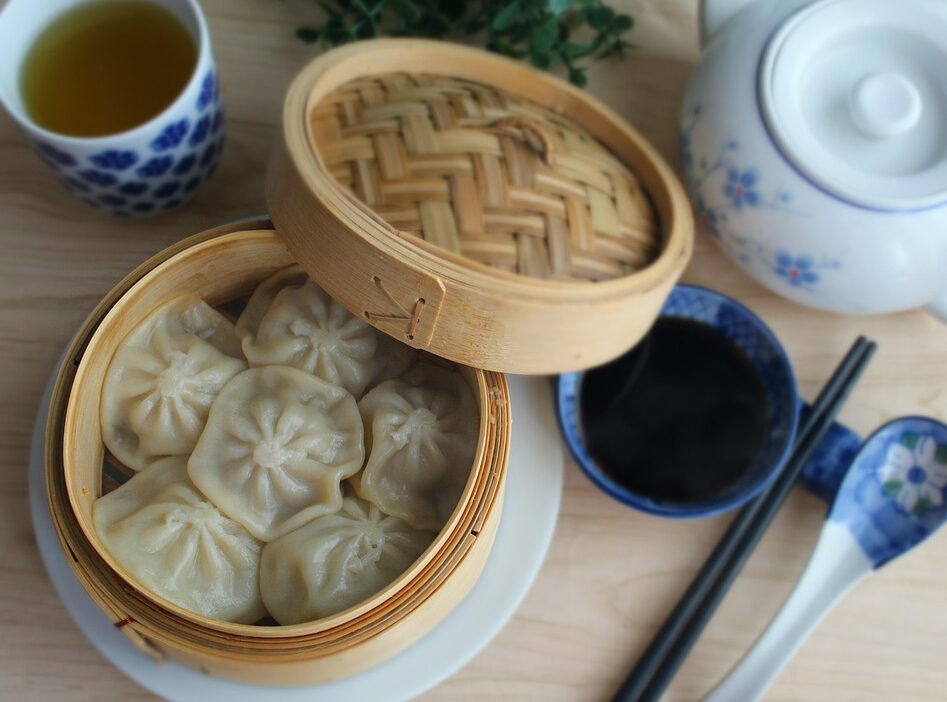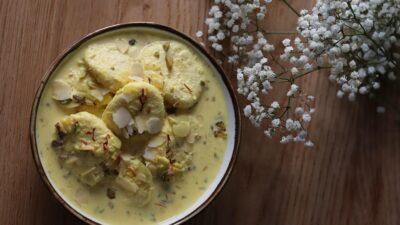In recent years, the culinary landscape has witnessed an explosion of creativity and innovation through the art of fusion cuisine. This exciting approach to cooking combines elements from different culinary traditions to create dishes that surprise, delight, and tantalize the senses. Known as a “Fusion Feast,” this trend not only exemplifies the world’s growing interconnectedness but also embraces the diverse flavors and techniques that various cultures have to offer.
The Birth of Fusion Cuisine
The concept of fusion cuisine is not entirely new. International trade, colonization, and migration have historically influenced culinary practices around the globe. However, the modern incarnation emerged in the late 20th century, when chefs began consciously experimenting with blending flavors, techniques, and ingredients from distinct traditions. From Asian tacos to Indian-Italian pastas, the possibilities became endless.
Inspirations Behind Fusion Cuisine
-
Cultural Exchange: As people migrate and cultures intermingle, new culinary practices are born. For example, the popularity of sushi burritos, which merge Japanese sushi with the convenience of Mexican burritos, showcases how cultural exchanges inspire innovation.
-
Flavor Profiles: Chefs are exploring contrasting flavors—sweet, spicy, sour, and umami—to create balanced dishes that excite the palate. A classic example is the use of Asian spices in traditional French sauces, resulting in dishes that offer both familiarity and novelty.
- Local Ingredients: Utilizing local ingredients can lead chefs to create unique combinations that reflect their regional heritage while also paying homage to global cuisines. This strategy not only supports local farmers but also adds a personal touch to dishes.
Techniques in Fusion Cooking
Fusion cuisine thrives on creativity, but certain techniques help chefs successfully blend diverse culinary traditions:
-
Layering Flavors: Just as a composer layers music, chefs layer flavors to develop depth in their dishes. For instance, a coconut curry might find harmony with Italian risotto, creating a dish that celebrates both cultures.
-
Reinventing Classics: Familiar dishes can be transformed by adding unexpected elements. Think of a classic French ratatouille reimagined with Asian stir-fried vegetables, providing an exciting twist on a beloved classic.
- Cross-Cultural Techniques: Techniques from different culinary traditions can enhance the dining experience. The slow braising found in comfort foods can be paired with spices from global cuisines, thereby creating rich, aromatic dishes.
The Role of Presentation
When it comes to fusion cuisine, presentation is just as important as flavor. Visual appeal can enhance the dining experience, drawing people in and sparking curiosity. Dishes are often presented with vibrant colors and intricate plating that reflect the cultures from which the ingredients are drawn. This creates an inviting atmosphere where diners are encouraged to explore flavors and textures.
Global Examples of Fusion Success
Several notable fusion cuisines have emerged worldwide, each highlighting the cultural intricacies of blending culinary traditions:
-
Korean Tacos: A popular street food in Los Angeles, these tacos combine Korean stir-fried meats (like bulgogi) with Mexican tortillas, topped with spicy salsa and kimchi.
-
Sushi Burritos: This trendy creation wraps sushi ingredients in a large tortilla, making sushi portable while appealing to the fast-paced lifestyle of modern diners.
-
Indian Pizza: Infusing traditional Italian pizza with Indian flavors—such as tandoori chicken, paneer, and spicy chutneys—creates a delicious twist that have captivated foodies in many regions.
- Chili Mango Sorbet: In the realm of desserts, this icy treat merges tropical flavors with spicy heat, embodying the balance that fusion cuisine strives to achieve.
The Future of Fusion Cuisine
As globalization continues to reshape culinary landscapes, the future of fusion cuisine looks bright. Chefs will increasingly leverage technology and innovative techniques to push boundaries. The rise of molecular gastronomy, for instance, introduces an entirely new layer to fusion cooking by manipulating textures and flavors in ways never thought possible.
Furthermore, themes of sustainability and health consciousness are becoming integral to modern fusion cuisine. Chefs are adapting traditional dishes to emphasize plant-based ingredients and mindfulness about sourcing, ensuring that fusion cuisine evolves alongside current societal values.
Conclusion
Fusion Feast exemplifies the joy and creativity that come from blending diverse culinary traditions. It celebrates the stories and heritages behind each ingredient while inviting food lovers to embark on a gastronomic journey across the globe. As chefs continue to innovate and experiment with flavors, techniques, and presentation, fusion cuisine will undoubtedly remain a dynamic and exciting aspect of the culinary world. So, the next time you’re feeling adventurous, why not dive into the flavors of a fusion feast and explore the art of blending cuisines? Your taste buds will thank you!



